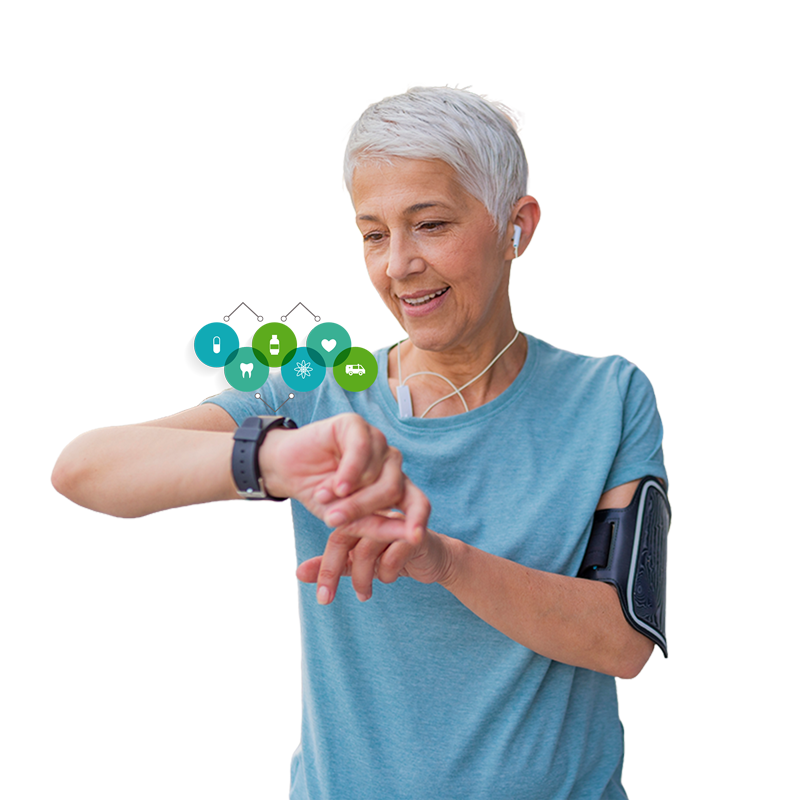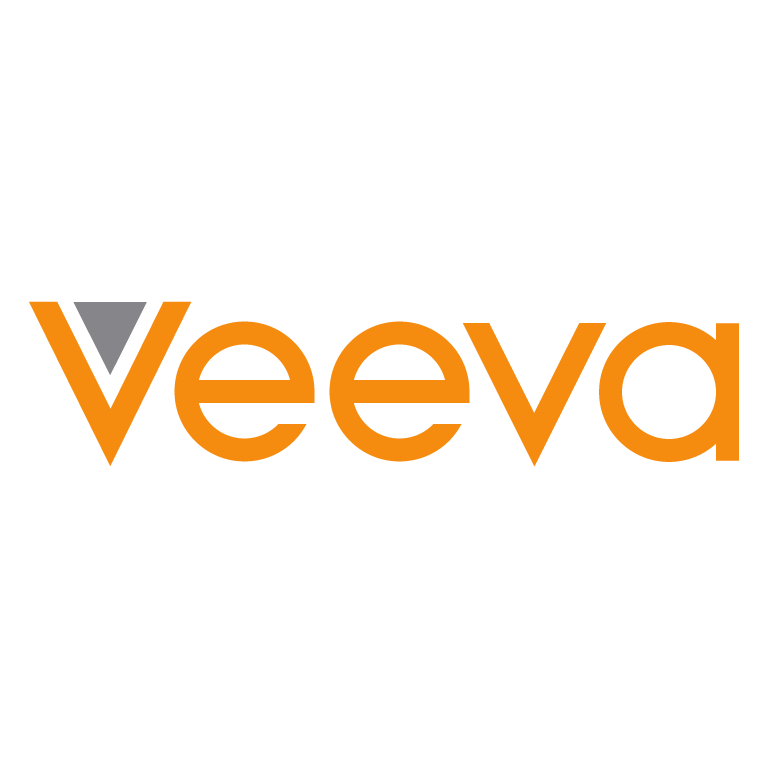- Home
- What we do
- Market
- MedTech
- Medical Device Solutions
MEDICAL DEVICE SOLUTIONS
Revolutionizing patient care with connected medical devices
Driving connected care and enhanced decision-making through regulatory-compliant device solutions

ARTICLE
Enabling Remote Monitoring for Personalized Healthcare Using Connected Medical Devices
MEDICAL DEVICE SOLUTIONS
Unlocking efficiency with connected health solutions
Overcome global compliance challenges, device connectivity issues, patient safety, and cybersecurity concerns with CitiusTech’s medical device solutions. 50% of top 20 medical device companies work with CitiusTech to provide personalized patient care by building robust digital health ecosystem for smart medical devices.
Cloud-based digital platforms
Digital apps for patient and physician engagement
User experience and interface design
Modernization and sustenance
Standards-based medical device integration
Device management and remote servicing
Next-gen Software as a Medical Device solution (SaMD) and Software in a Medical Device (SiMD) solutions
Comprehensive cybersecurity strategies
Analytics, AI & Automation
Regulatory compliance and quality assurance
Market access and reimbursements
WHY CITIUSTECH
Redefining medical device expertise
+
Medical device
professionals
+
Medical devices clients
including 10 of top 20
+
Projects executed
Certified in-house QMS
for medical device engagements

features
Spearheading a future-ready Healthcare ecosystem
Enhance connected care
Access custom cloud platforms for seamless IoT device and EHR integration. Leverage expertise in standards like FHIR and HL7 to enhance data sharing, reduce manual entry, and accelerate clinical decisions.
Improve Provider-patient engagement
Modernize web and mobile app engagement solutions to make healthcare intuitive and effective for users across the globe. Facilitate remote monitoring and care coordination for enhancing value-based outcomes.
Transform patient care
Develop cutting-edge SaMD solutions for proactive monitoring and therapy management. Leverage real-time data and analytics to anticipate health needs and optimize clinical interventions.
Ensure safety, security, and compliance
Implement rigorous quality and regulatory compliance practices to build secure, high-standard technology solutions. Protect sensitive medical information, ensuring compliance with global regulations.
Augment clinical decisions
Empower physicians with clinical decision support systems using smart medical devices that provide real-time insights on patient health, ensuring accurate diagnoses and personalized therapy for patients.
Drive product launch and enhance market access
Navigate the medical device market with confidence. Our strategic consulting approach ensures successful product launches and enhanced market access while keeping track of changing market regulations and reimbursement trends.
SUCCESS STORIES
Solving some of the greatest challenges in MedTech

Case Study

Case Study
EXPLORE ALL SERVICES
Shaping Healthcare possibilities with our expertise
%20(3).webp)




Digital Engineering
Reshaping Healthcare with cutting-edge technology solutions for better patient care

Data Engineering & Data on Cloud
Making Healthcare data the backbone of your organization's strategy












.png?width=1920&height=1080&name=Consulting2_Menu_1%20(1).png)





















